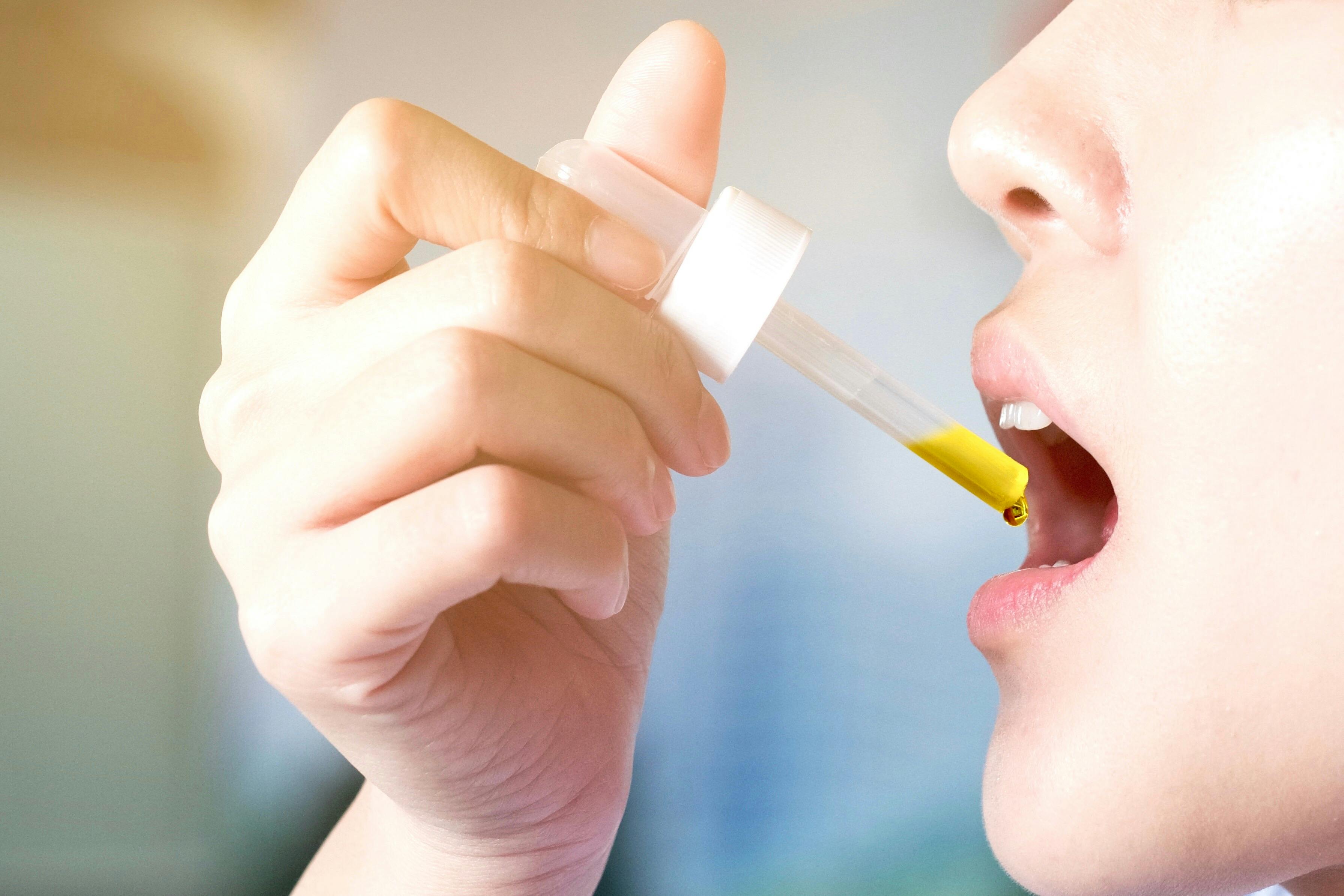Can AI tongues help make medications taste better?
One of the biggest obstacles in pediatric care? When medication tastes bad.
At first glance, the taste problem may seem trivial. Yes, children can be picky when it comes to food and flavor, but surely that shouldn’t be a grave concern.
However, when taste is a deterrent from taking a medication, that can mean treatment interruption.
Especially when it comes to long-term adherence to regimens for conditions like HIV or tuberculosis, the stakes of taste can be high. After all, the consequences of not sticking to a treatment for these conditions can mean treatment failure or even antimicrobial resistance.
This is why researchers are pursuing the issue of taste for children’s medications. One of their research tools? An AI-enabled electronic tongue.

Taste in drug development: A crash course
Determining the taste of a medication is a key step in the drug development process.
Surveys of pediatricians have revealed that the unpleasant taste of a medication is the biggest barrier to treatment adherence in the specialty. This is such a pressing issue that the EU and US have both introduced legislative incentives for addressing this issue in drug development.
One of the biggest ways drug developers have worked to address this issue is by masking the unpleasant or neutral taste of active pharmaceutical ingredients (API) in medications.
While that may sound simple, it’s not quite as easy as adding a little more salt or sugar to a dish and magically balancing out the flavor profile. Strategies for taste-masking in pharmaceuticals include the following industrial techniques:
- Organoleptic methods: The addition of sweeteners, flavors, and bitterness blockers
- Polymer coating: Adding a coating to a pill that blocks taste receptor contact with the drug particles in the mouth
- Microencapsulation: Covering just the bitter API ingredient(s) in a polymer membrane instead of the whole medication
- Hot-melt extrusion: Mixing the bitter API ingredient(s) with the rest in a dry state and then mixed in a melted state
- Complexation: The use of cyclodextrin or ion exchange resins in a drug formula, which prevents direct contact between the drug and taste buds
- Spray-drying: Another approach to physical barrier coating on a drug
As you can imagine, with so many taste-masking techniques, it can take time to determine the right touch for each drug. Usually, drugs are first assessed in a lab and receive a taste rating. Then they go out for taste trials, which take a lot of time and resources.
How the electronic tongue works
Whenever a lot of trial and error is involved in a discovery process, AI can be a wonderful tool for predicting more promising paths to pursue. In the case of medication taste tests, it’s no different.
But how do researchers gather the taste data to train an AI model? Especially since taste as a sense is challenging to standardize.
That’s where the University College London electronic tongue comes in.
E-tongues in themselves are not new technology. They’ve been used for years to help analyze taste in the food and pharmaceutical industries. They consist of an array of chemical sensors that mimic the processing of taste receptors and the information they send to different parts of the brain.
But this e-tongue is turbo-charged through its partnership with AI.
The UCL e-tongue collects data that feed into the researchers’ model. The model then sorts through the chemical descriptors behind taste and maps out the likely level of bitterness of the resulting drug.
Eventually, the researchers hope they won’t even need to use the e-tongue—as fascinating as it is—and will just be able to rely on the model.
As a bonus, the researchers are making the AI model an open access tool, allowing it to improve and speed up this aspect of drug development across the world. Given that antimicrobial resistance is a global problem, we laud them for this collaborative, forward-thinking decision.